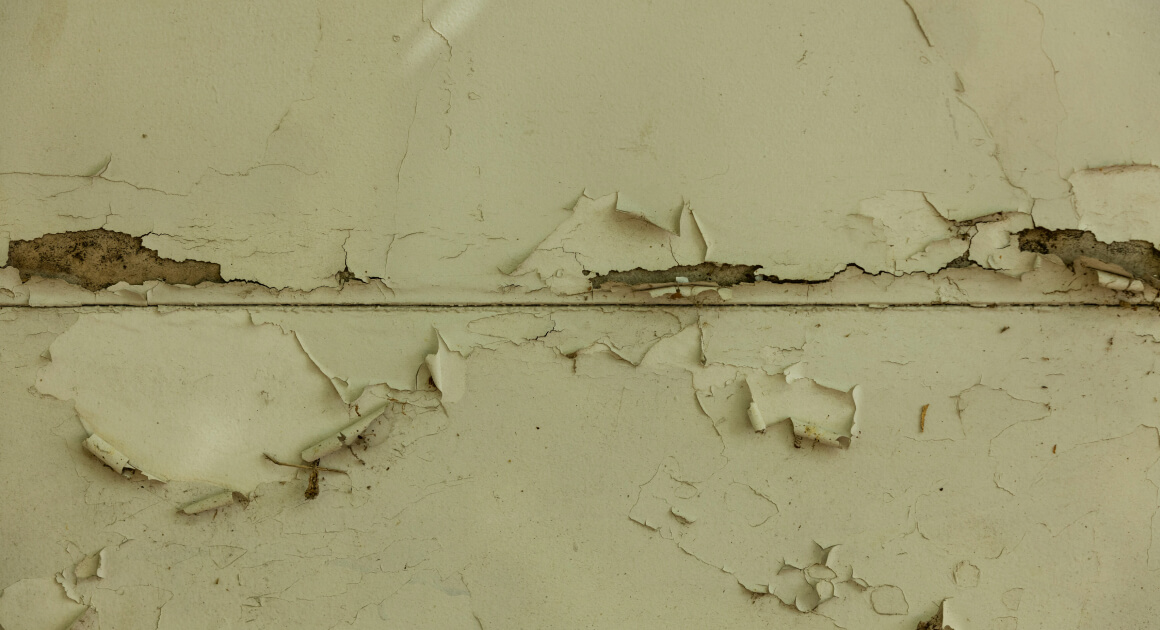Introduction
New York City’s long-standing battle against lead poisoning, particularly in children, presents a complex and evolving narrative. Spanning over six decades, the city’s approach to managing and mitigating lead hazards in residential properties has undergone significant transformations, marked by legislative shifts, public health initiatives, and legal challenges. This article delves into the detailed history of New York City’s lead laws, exploring how evolving scientific understanding and public health priorities have shaped regulations and enforcement strategies.
Early Legislative Efforts (1960s-1980s)
- Health Code §§ 173.13 and 173.14 (1960): New York City pioneered lead paint regulation in the 1960s, a decade before state and federal action. The Health Code banned the sale and application of lead-based paint in residences, aiming to curb the rising incidences of lead poisoning in children. However, enforcement challenges and continued lead paint use in older buildings necessitated further action.
- Local Law 50 of 1972: This law mandated the removal of existing lead paint in homes, acknowledging the persistent hazard in pre-1960 buildings. Despite these efforts, the city’s approach remained largely reactive, focusing on lead hazard abatement post-lead poisoning incidence.
- Local Law 1 of 1982 (LL1/1982): A landmark shift, LL1/1982 introduced primary prevention measures, requiring landlords to proactively remove lead hazards in dwellings occupied by children under six. This law represented a significant move from reactive to preventive measures in lead poisoning control.
The Turn of the Century: Revision and Controversy
- Local Law 38 of 1999 (LL38): LL38 emerged amidst legal challenges and growing concerns about landlord liabilities under LL1/1982. The law narrowed the definition of lead-based paint hazards and extended correction timelines. However, it faced criticism for weakening protection standards and eventually was nullified, reinstating LL1/1982 temporarily.
The Childhood Lead Poisoning Prevention Act (2003-2004)
- Local Law 1 of 2004 (LL1/2004): Enacted as a response to the shortcomings of LL38, LL1/2004 provided a more comprehensive and stringent framework for lead hazard prevention. Key features included:
-
- Expanded definitions for lead hazards, including lead-contaminated dust.
- Stricter guidelines for landlords on inspection, remediation, and tenant notification.
- Enhanced safety standards for lead hazard remediation work.
- Mandatory annual inspections in buildings with young children.
- Penalties for non-compliance and false certifications.
Ongoing Evolution and Amendments (2005-2023)
- Amendments and Enhancements: LL1/2004 has been amended multiple times to address emerging challenges and close loopholes. These amendments have tightened definitions, expanded coverage to one- and two-family dwellings, and enhanced enforcement mechanisms.
- Role of HPD, DHMH, and DoB: The enforcement of lead laws in NYC is a collaborative effort involving multiple city agencies. HPD oversees housing code compliance, DHMH manages public health aspects, and DoB ensures safe building practices.
- Data Transparency and Reporting: Annual reports by HPD and DHMH provide critical data on lead violations and childhood lead poisoning cases, fostering transparency and informing public health strategies.
Challenges and Future Directions
- Enforcement Gaps: Despite legislative advancements, enforcement remains a challenge. Issues include inconsistent compliance, difficulties in accessing properties for inspection, and resource constraints.
- Public Awareness and Education: Continued efforts to raise public awareness about lead hazards, particularly in vulnerable communities, are essential for effective prevention.
- Integrating Science and Policy: Ongoing research into lead toxicity and exposure pathways must inform policy revisions, ensuring that regulations reflect current scientific understanding.
Conclusion
New York City’s journey in combating lead poisoning is a testament to the dynamic interplay between public health policy, legislative action, and community advocacy. The evolution from reactive to preventive strategies in lead regulation underscores the city’s commitment to safeguarding public health, particularly of its youngest residents. As scientific knowledge and societal needs evolve, so too must the city’s approach to lead hazard management, ensuring that future generations grow up in safer, lead-free environments.
We welcome your legal questions for topically relevant articles in the future. Feel free to compose a question – it may be addressed in future articles. Email Question
Free Case Evaluation
Fill Out The Form Below To Find Out If You Have A Case.
Thank you for contacting us. One of our colleagues will get back to you shortly.



